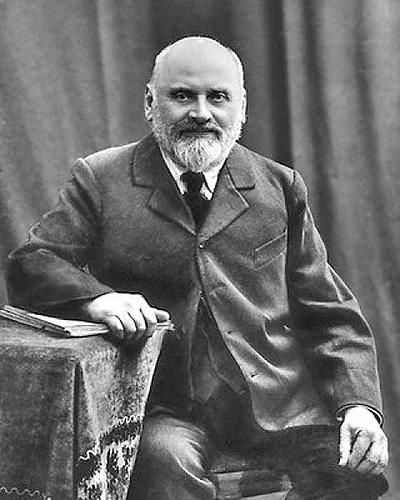When we think of Tchaikovsky, we think of passion, the ultimate Romantic composer who wears his heart on his sleeve. So it might be surprising to discover that some of his most famous pieces were written under very stringent conditions in which his means of expression was highly regulated. For example, every measure of the ballets Sleeping Beauty and The Nutcracker was written to meet the precise specifications of choreographer Marius Pepita, who dictated the tempo, the meter, the phrase length, and sometimes even had a say in the orchestration and choice of key. Given those restrictions, it’s remarkable that those are two of the most distinctive-sounding ballet scores ever written, and that Tchaikovsky’s own voice is palpable with some of his most soaring melodies.
Perhaps the reason he was able to creatively thrive in such conditions is due to his experience composing the Romeo and Juliet Fantasy-Overture. The idea to compose such a work came from Mily Balakirev, a composer who was only three years older than Tchaikovsky but who took him under his wing like a musical father figure. When Tchaikovsky was 29 Balakirev suggested that he compose a piece based on Romeo and Juliet modeled on his own King Lear overture. It was Balakirev’s idea that the piece should begin with a slow section meant to depict Friar Lawrence, then transition into an agitated section depicting the warring families, and then modulate to a distant key for a “love theme.” Tchaikovsky initially resisted Balakirev’s micromanaging, but after his first version of the work was met with indifference and his second version was met with criticisms from other musicians that were similar to Balakirev’s comments, he decided to surrender to his mentorship. The well-worn score was shipped many times through the mail between Tchaikovsky and Balakirev over the course of ten years, which finally resulted in the third and final version that is played today. The work was still slow to be accepted at first, and it turned out that Balakirev’s encouragement was as important as his criticism, because he told Tchaikovsky to have faith in the piece and the effort he put into it. It all paid off, and Tchaikovsky lived just long enough to see Romeo and Juliet become one of his most popular works, particularly in Russia – where, in the late 19th century, Shakespeare was perhaps even more popular than he was in Western Europe. Russia was also one of the first countries to fully accept the original versions of his plays, including their bleak tragic endings, which is very pertinent to Romeo and Juliet, since as late as the early 20th century there were still productions that gave the lovers a happy ending!
Tchaikovsky seems to tell the story as a flashback. If the beginning is supposed to be Friar Lawrence, it’s the friar at the end of play, telling the sad tale and confessing his own role in it under gray skies; as the Prince says, “the sun for sorrow will not show his head.” Then we go back to the violent brawl at the beginning of the play, which gives way to the famous love theme, a depiction of the balcony scene. With those three themes now firmly established, Tchaikovsky uses them to suggest the rest of the story, with its further violence, the desperate measures taken, the second balcony scene, and the tragic denouement. Near the end we hear a brand-new theme, a shimmering chorale for woodwinds, that suggests the long-overdue reconciliation between the families leading to its loud, powerful ending befitting a tragedy.
PBS PASSPORT
Stream tens of thousands of hours of your PBS and local favorites with WETA+ and PBS Passport whenever and wherever you want. Catch up on a single episode or binge-watch full seasons before they air on TV.
